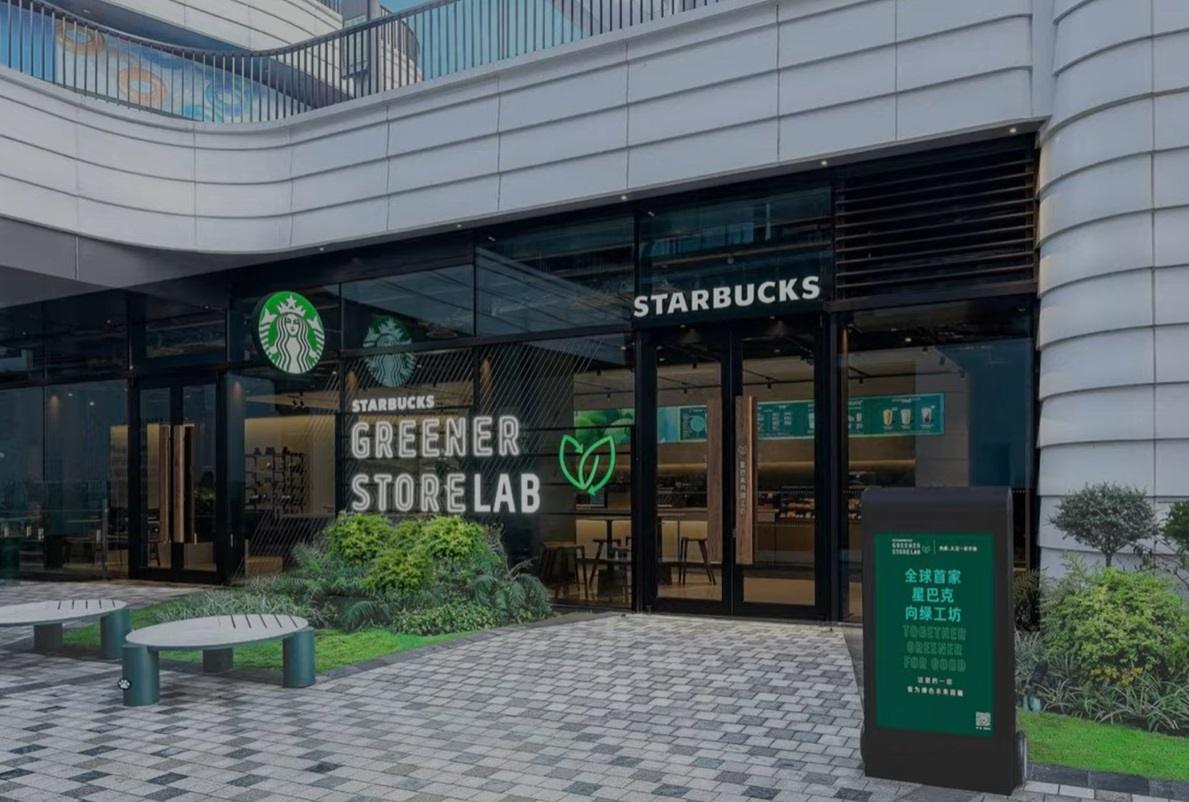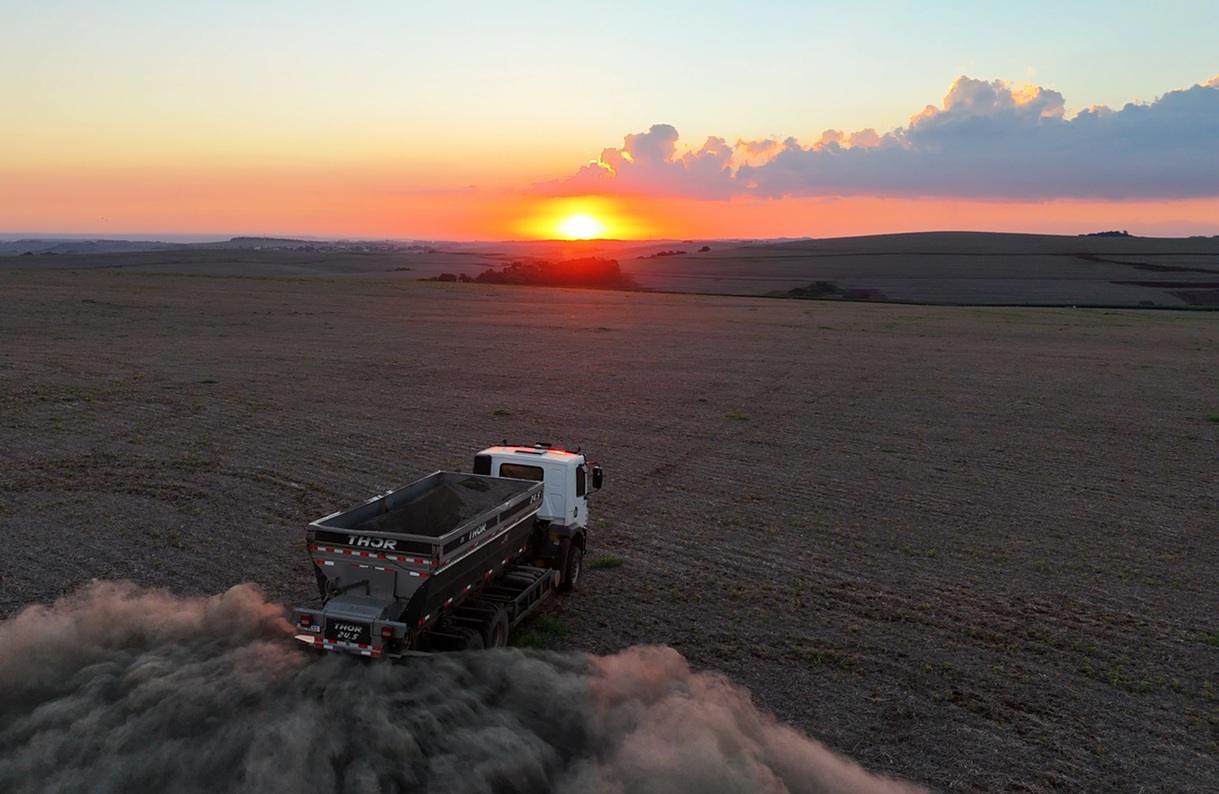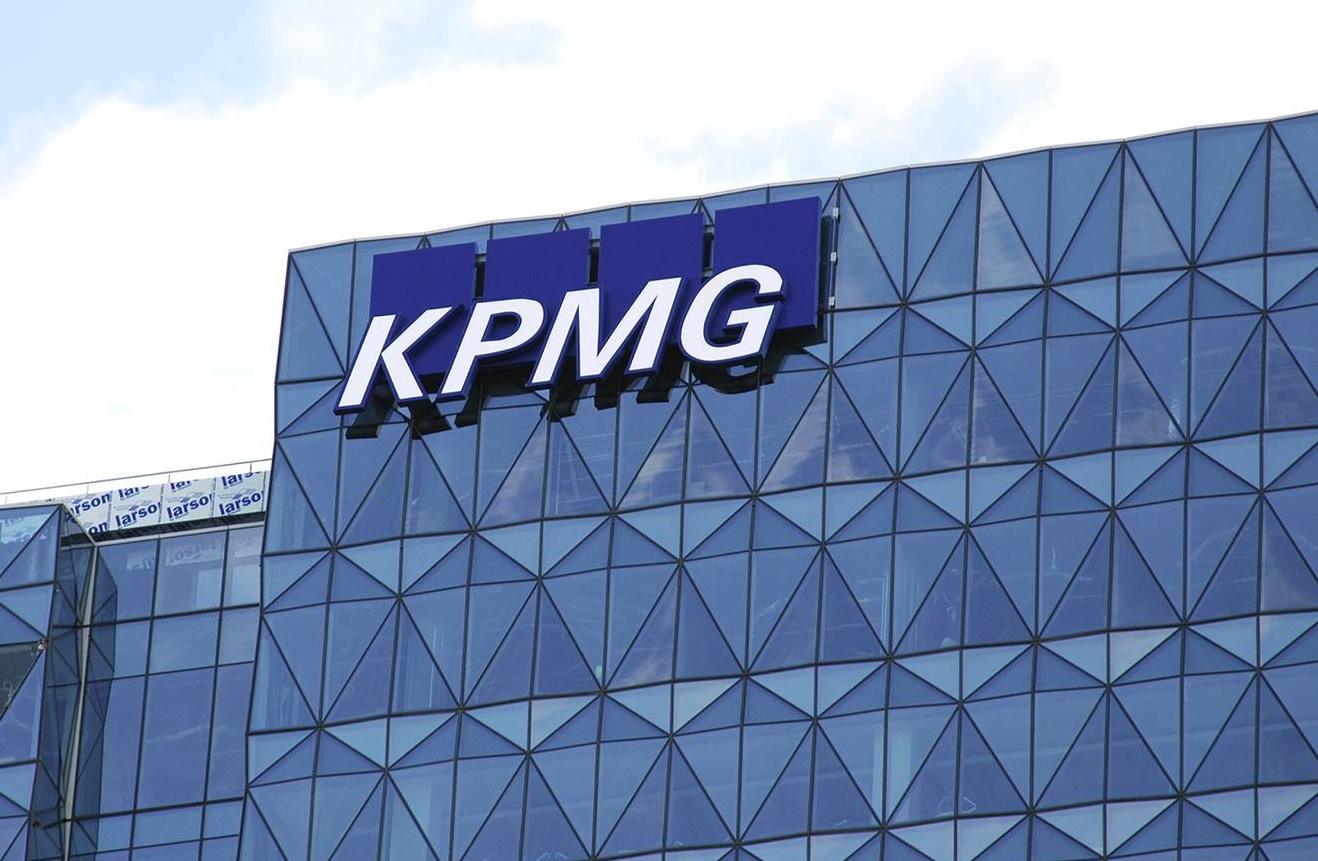Starbucks Certifies Over 6,000 Locations as Greener Stores
Starbucks announced that it has now certified more than 6,000 of its locations globally as “Greener Stores,” meeting a series of environmental impact criteria and sustainability features, including energy and water savings and waste diversion.
Starbucks launched its Greener Store initiative in 2018, beginning with stores in the U.S. and Canada, and setting a goal to reach 10,000 Greener Stores globally by 2025.
The number of certified Greener Stores has nearly doubled over the past year, reaching 6,091 after the company expanded its program in 2023 to new markets, announcing the first Greener Stores in the Asia Pacific, and Europe, Middle East, and Africa regions. Starbucks said that it now has Greener Stores in 44 markets, with new markets including India, Hong Kong, Indonesia, Malaysia, New Zealand, Philippines, Singapore, Thailand, Taiwan, Vietnam, Bahrain, Italy, France, Spain, and Costa Rica.
Michael Kobori, Chief Sustainability Officer at Starbucks, said:
“Our big vision for the future is for every Starbucks store around the world to be more sustainable. That’s why I’m excited to see the continued growth of Greener Stores globally, driven by the passion of our partners.”
In order to be certified as a Greener Store, a store must successfully meet 25 required standards – developed in partnership with the World Wildlife Fund and SCS Global Services – across eight environmental impact areas ranging from energy efficiency and water stewardship to renewable energy, responsible materials, and waste diversion, and be verified by an outside auditor.
Different combinations of sustainability features are used by stores to meet the standards, ranging from elements such as solar panels or water recycling tanks to less visible features including high efficiency appliances and HVAC systems and low-emitting paint and sealants.
According to Starbucks, the Greener Store practices save the company nearly $60 million in annual operating costs in the U.S., including through 30% water savings and 30% energy reductions, and contributed to the company’s “resource positive” sustainability goals which include reducing carbon emissions, water usage and landfill waste by 50% by 2030.
Kobori added:
“Starbucks environmental promise comes to life through our baristas’ daily actions which help define a Greener Store, our innovative shift toward reusable cups, and our partnership with coffee farmers on sustainable growing practices — it’s all part of our commitment to give more than we take from the planet.”





